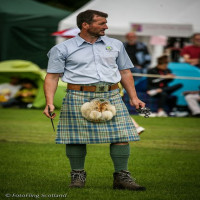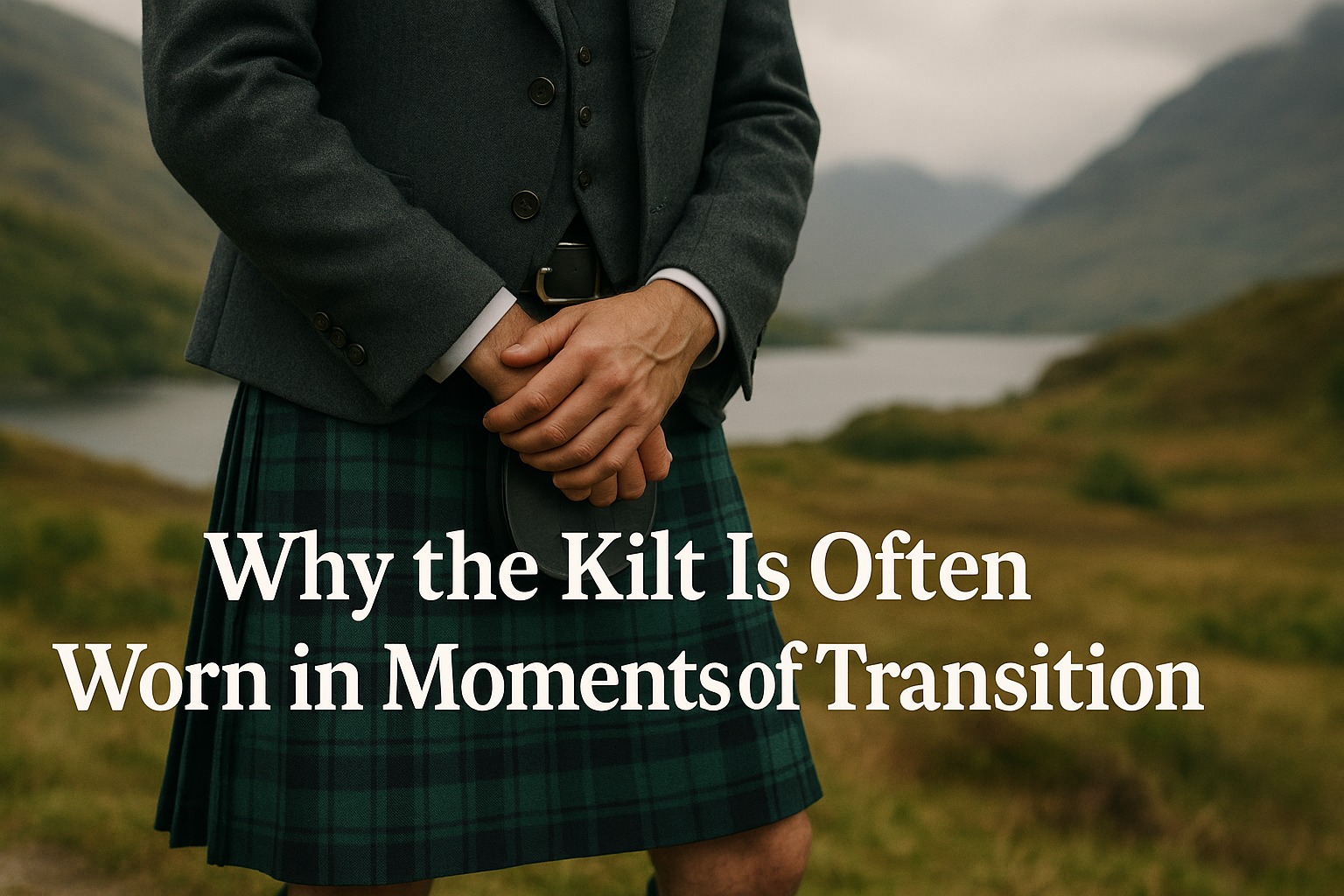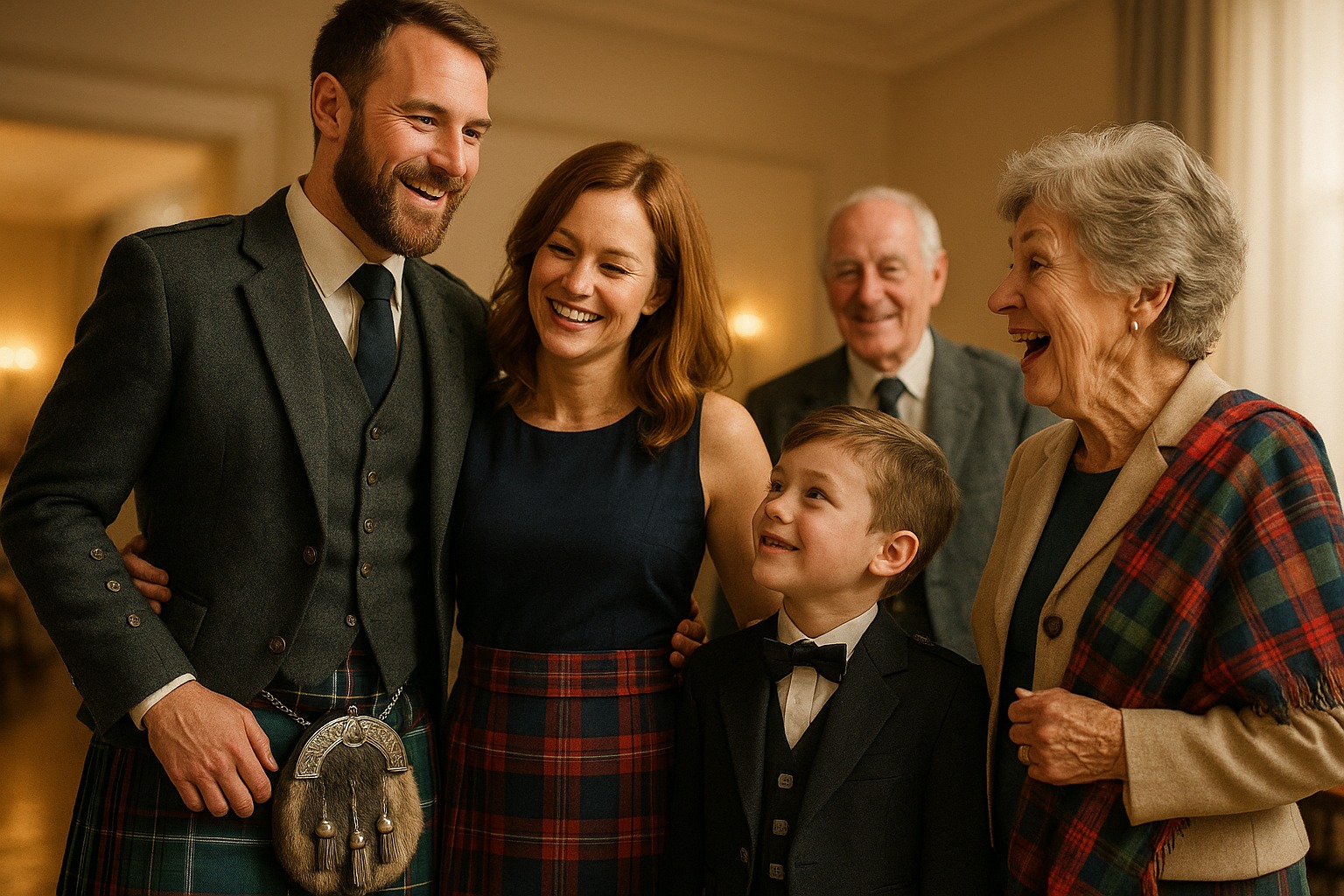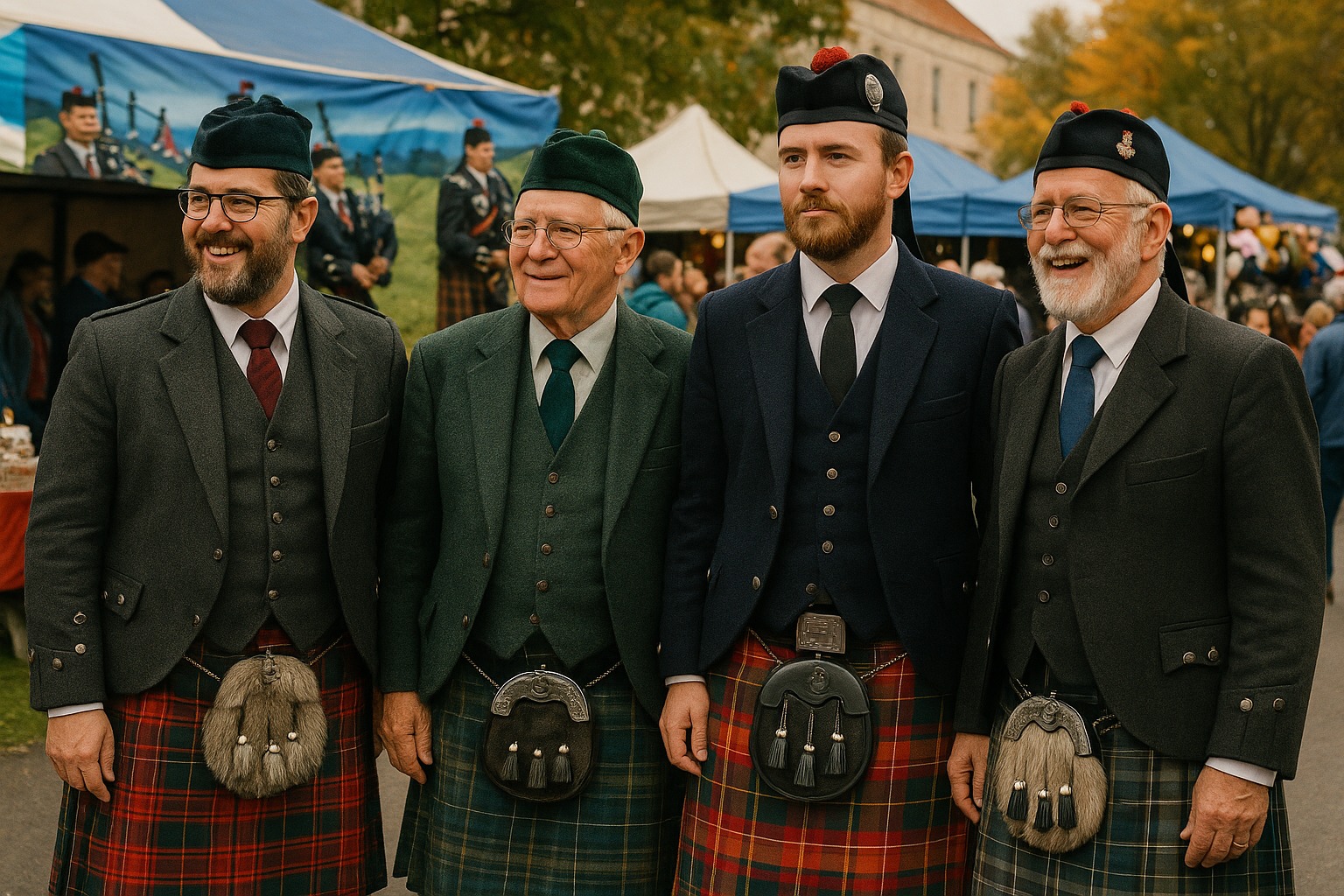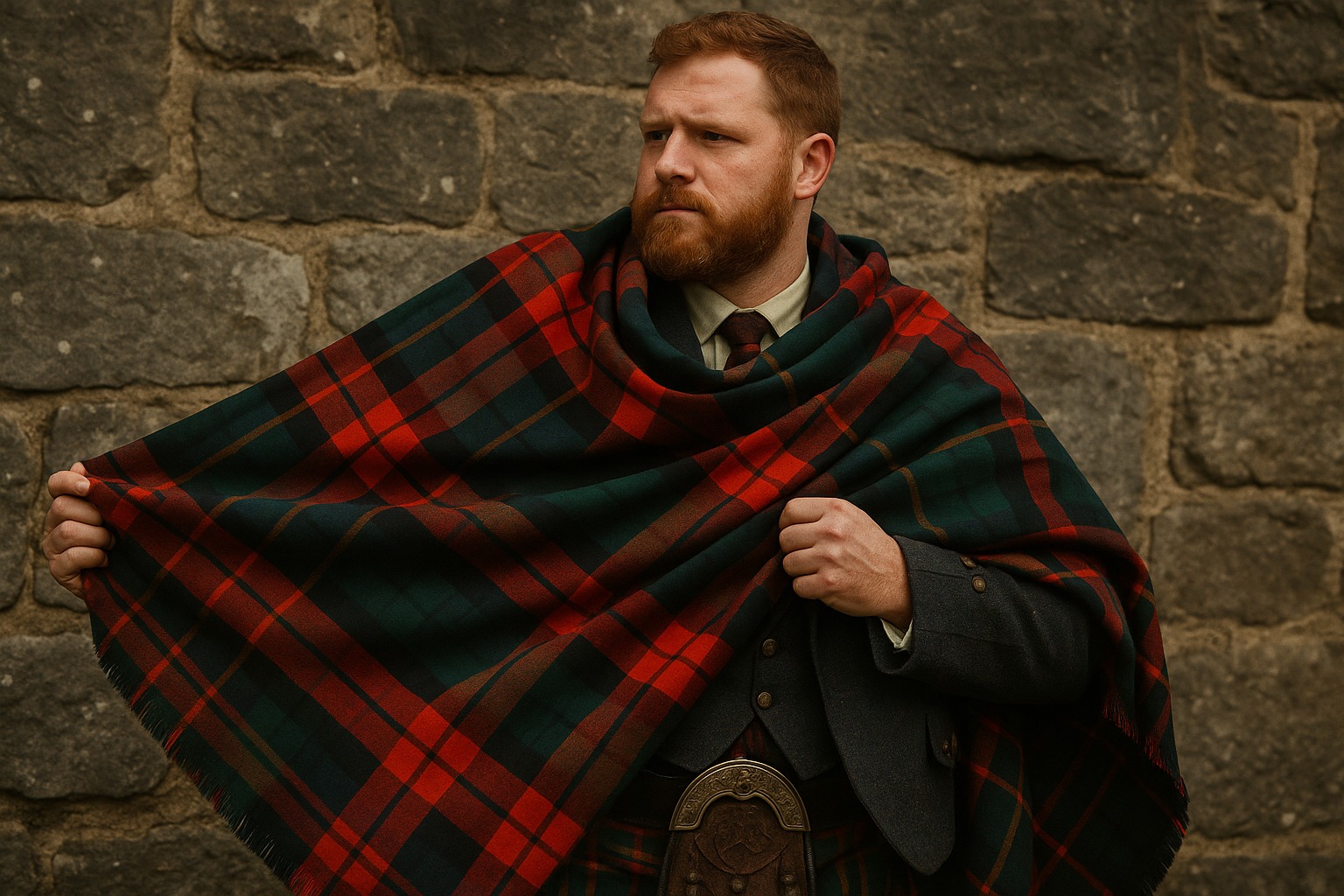Top 10 Things You Didn’t Know About Highland Dress

Strong 8k brings an ultra-HD IPTV experience to your living room and your pocket.
Introduction: Beyond the Kilt
Highland dress is one of Scotland's most iconic cultural symbols. From the swish of a tartan kilt to the glint of a sgian-dubh, this attire is instantly recognizable. But beyond its familiar look lies a rich world of history, symbolism, and evolution. Whether you're a casual admirer or a lifelong wearer, there are many lesser-known facts about Highland dress that reveal just how deep its roots run. This article dives deeper into the history, components, and modern context of Highland dress—far beyond a listicle—to uncover the complexity of a tradition still very much alive today.
Here are the top 10 things you probably didn’t know about this enduring Scottish tradition, expanded into their full cultural, historical, and contemporary significance.
________________________________________
1. The Kilt Didn’t Start as a Kilt
The earliest form of the kilt was the feileadh-mòr, also known as the "great kilt." It was a large piece of woolen cloth—usually up to six yards long—that could be wrapped around the body in various configurations. This versatile garment served as both clothing and bedding, making it highly functional for Highland life, especially in rural areas with cold and wet weather. It wasn't tailored but rather gathered and belted at the waist, with the remaining fabric draped over the shoulder.
It wasn't until the late 17th and early 18th centuries that the modern kilt, or feileadh-beag (small kilt), was developed. This evolution came with the influence of English industrialists and Scottish tailors who saw value in simplifying the garment into a more manageable lower half. This transition marked the beginning of the kilt as we know it today—pleated, tailored, and adorned with additional accessories.
________________________________________
2. Tartan Wasn’t Always Clan-Specific
Today, tartan is almost synonymous with clan identity. But this wasn’t always the case. Before the 19th century, tartans were largely regional rather than associated with specific families. Weavers would use local vegetable dyes and materials available to them, which led to regional styles. Two people from the same area might wear similar patterns, but not because of a shared surname or clan heritage.
It wasn’t until the Victorian era—particularly after Sir Walter Scott’s orchestration of King George IV’s 1822 visit to Edinburgh—that tartans became romanticized and systematized. During this event, Highland dress was emphasized, and tartans were cataloged and published as part of Scottish “clan” identity. The invention of clan-specific tartans was heavily commercialized, giving rise to what we now consider traditional associations. Many of today’s most popular clan tartans were codified during or after this period.
________________________________________
3. The Dress Act of 1746 Outlawed Highland Dress
After the defeat of Bonnie Prince Charlie and the Jacobite forces at the Battle of Culloden in 1746, the British government passed the Act of Proscription. This legislation aimed to dismantle the clan system and suppress Highland culture, which had been a source of resistance to British rule. One of its key provisions was the Dress Act, which made it illegal to wear Highland dress, including kilts, tartans, and other traditional garments.
This ban lasted for nearly 40 years and represented a concerted effort to eradicate cultural identity. Violators faced severe penalties, including imprisonment or forced conscription into the British Army. Ironically, Highland regiments in the army were exempt from the law, and their formal adoption of the kilt ensured that the tradition survived. When the act was repealed in 1782, a revival of interest in Highland culture soon followed.
________________________________________
4. Not All Kilts Are Made from Wool
While wool is the traditional material used for kilts due to its durability, warmth, and ability to hold pleats, modern kilts now come in a variety of materials. Acrylic and polyviscose kilts are commonly used for casual or budget-conscious buyers. These fabrics are lightweight, easy to care for, and less expensive, making them popular for beginners or for children.
Utility kilts, designed for function rather than formality, are often made of canvas, denim, or even leather. These kilts have cargo pockets, zippers, and reinforced seams, and are worn by construction workers, hikers, and festival-goers. In this way, the kilt has expanded beyond its ceremonial roots to become a functional garment for contemporary lifestyles.
________________________________________
5. The Sgian-Dubh Has Practical Origins
The sgian-dubh (pronounced skee-an doo) is the small, single-edged knife traditionally worn tucked into the right sock (hose) of Highland dress. Its name means "black knife"—possibly referencing its dark handle or its concealed nature. Originally, it was kept hidden under the armpit or in the waistband, available for self-defense or practical use.
Over time, Highland hospitality customs required that visitors show they were unarmed when entering a home. This led to the sgian-dubh being worn openly in the sock as a gesture of transparency and peace. Today, sgian-dubhs are often ornamental and can be passed down as family heirlooms, though functional versions are still produced.
________________________________________
6. Highland Dress Has a Distinguished Military Record
Scottish regiments wearing Highland dress have fought in nearly every major conflict involving British forces. Notable examples include the Black Watch, the Cameron Highlanders, and the Gordon Highlanders. These regiments wore kilts into battle as late as World War I, where the sight of them inspired both awe and fear. Their courage and discipline became legendary.
The military kilt is typically made from heavier wool and in darker tartans, suited for field use. Even today, ceremonial kilts are worn by military pipe bands and honor guards, maintaining a symbolic presence of Highland valor.
________________________________________
7. There Are Levels of Formality in Highland Dress
Highland dress isn’t a one-size-fits-all outfit. Like Western suits, it varies based on formality and occasion:
• Full Dress includes a Prince Charlie jacket, waistcoat, lace jabot or bowtie, formal sporran (usually fur), kilt hose with flashes, and ghillie brogues.
• Daywear or Semi-Formal may use an Argyll jacket, leather sporran, plain shirt, and a less elaborate kilt pin.
• Casual Highland Dress might include a Jacobite shirt, utility kilt, or even a t-shirt and boots for festivals.
Understanding these variations helps wearers avoid cultural faux pas and honor the intent behind the attire.
________________________________________
8. Women Have Distinct Forms of Highland Dress
While men’s Highland dress has been more visible historically, women’s traditional Highland wear is also rich with variety. The arisaid was the female counterpart of the great kilt, worn as a wrap or cloak. Today, women often wear tartan skirts, sashes (pinned at the shoulder), or full-length gowns for formal occasions.
Highland dance competitions also have distinct attire for female dancers, including the Aboyne dress and specific tartan combinations. Women in the Scottish diaspora also wear tartan accessories—scarves, stoles, and even bridal sashes—as personal expressions of clan affiliation.
________________________________________
9. Highland Dress Is a Worldwide Symbol
Scottish pride doesn’t stop at the border. The kilt and Highland dress are worn around the world by people of Scottish descent—and increasingly, by people who appreciate Scottish culture regardless of ancestry. In Canada, the U.S., New Zealand, and Australia, Highland dress is common at:
• Highland Games
• Burns Suppers
• Weddings and funerals
• Tartan Day and St. Andrew's Day events
Pipe bands, clan societies, and heritage groups keep the tradition visible. Kilts have become a global icon of Scotland, much like the thistle or bagpipe.
________________________________________
10. You Can Create and Register Your Own Tartan
Through the Scottish Register of Tartans, individuals, couples, businesses, and families can design and register their own tartans. This can commemorate a special event like a wedding or anniversary, or simply express personal heritage.
Each design must be unique and includes a formal description and symbolic meaning of the colors and pattern. Once accepted, the tartan is preserved as part of Scotland’s national textile archive. Creating a tartan is a modern way to contribute to an ancient tradition.
________________________________________
Conclusion: The Living Fabric of Highland Culture
Highland dress is far more than just historical costume—it is a living, evolving symbol of identity, culture, and pride. From its early use as battle-ready survival gear to its current role in formal wear, military tradition, and global celebration, Highland dress continues to tell the story of Scotland in every pleat and plaid.
These top 10 insights not only shed light on surprising facts but also underscore how deeply Highland dress is woven into the fabric of Scottish life—past, present, and future. Whether you wear it for a ceremony, a ceilidh, or simply as a celebration of who you are, Highland dress invites you to participate in a tradition that is bold, beautiful, and enduring.
And remember: every tartan tells a tale, and every kilt carries a legacy.
Note: IndiBlogHub features both user-submitted and editorial content. We do not verify third-party contributions. Read our Disclaimer and Privacy Policyfor details.

